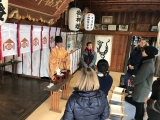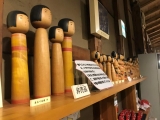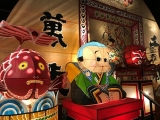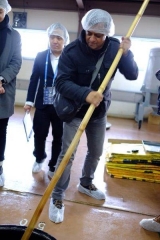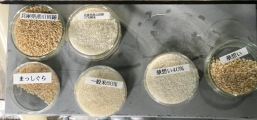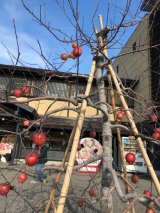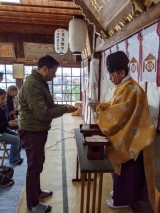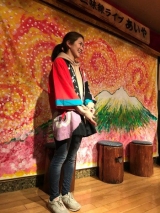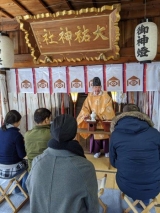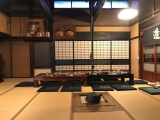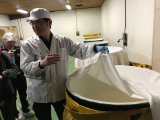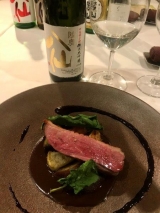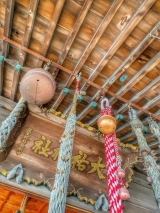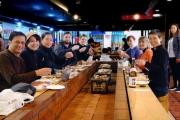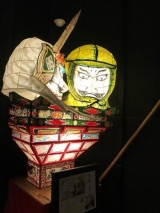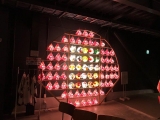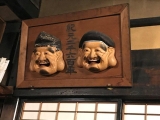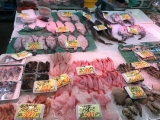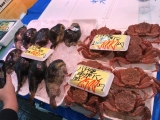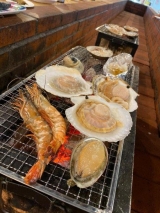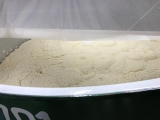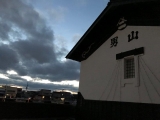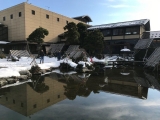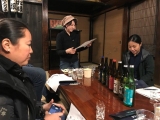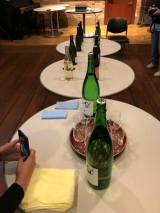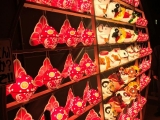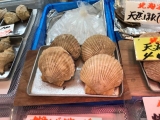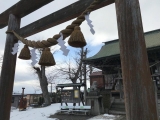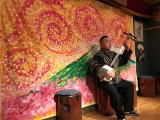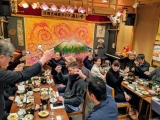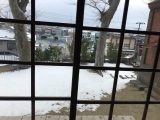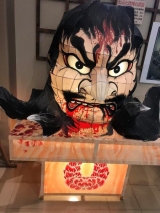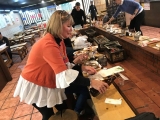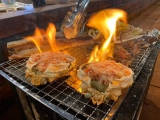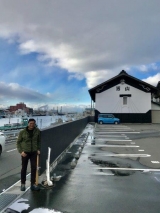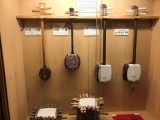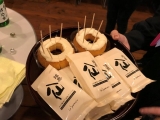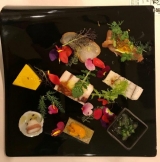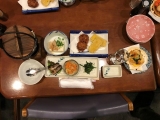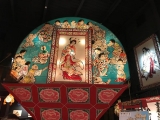Aomori
Aomori is the northernmost prefecture of the Japanese mainland, surrounded on its three sides by the sea and the island of Hokkaido across the Tsugaru Strait towards its north. At Aomori’s centre is the Hakkoda Mountains which, together with Lake Towada and the Oirase Valley, make up the Towada-Hachimantai National Park. The prefecture’s capital is the city of Aomori.
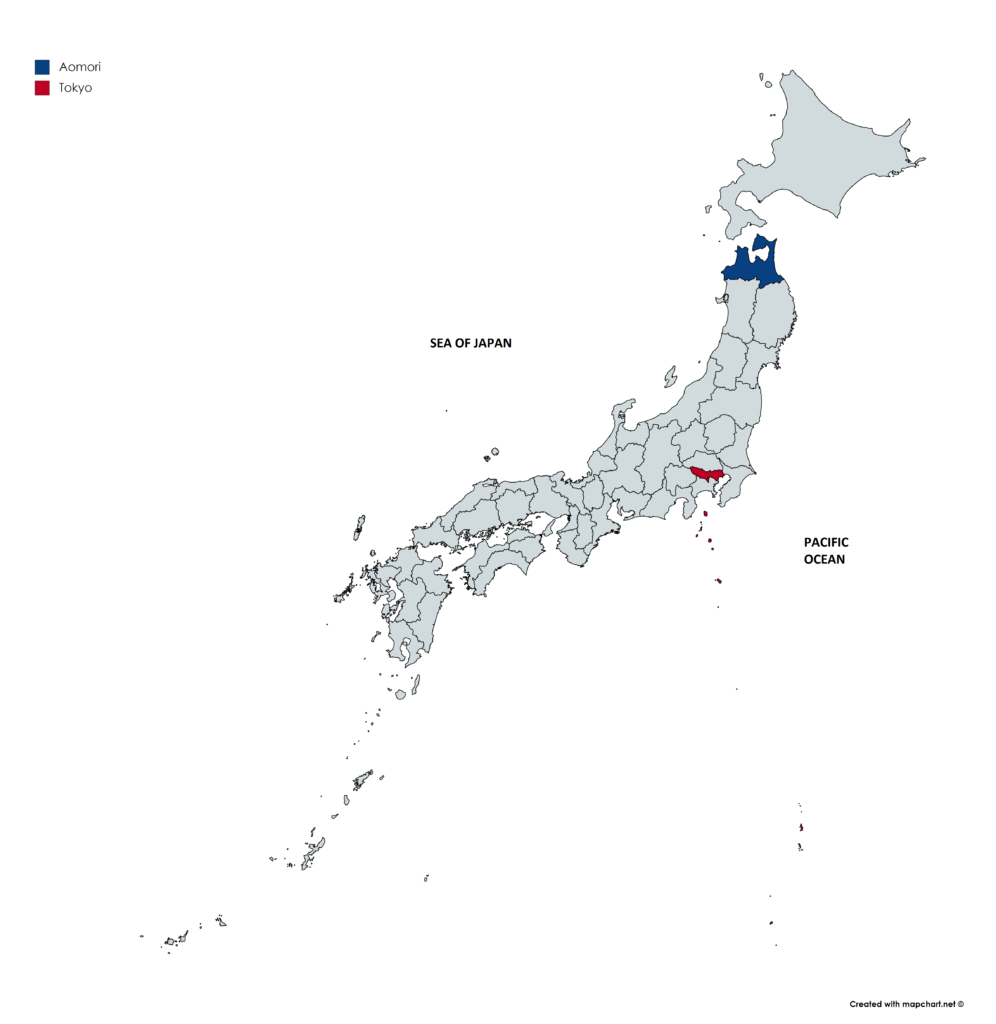
Aomori is renowned for its spectacular winter landscapes and excellent powder snow skiing. The western side of the prefecture, from the Sea of Japan to the central peaks, gets heavy snowfall each year, with frozen winds creating awesome ice formations.

Towards the eastern side, from the Hakkoda peaks to the Pacific Ocean, the winters in the prefecture tend to be clearer and drier. With its extensive coastline and diverse topography, Aomori’s agricultural produce is rich and varied. Fishermen catch cuttlefish, scallops, mackerel, cod, and sea urchin. Farmers grow rice, garlic and, most famously, apples. Aomori has been Japan’s top apple-producing region for 100 years and accounts for over half of Japan’s annual apple harvest. Its most popular apple variety is the Fuji, a large red fruit with sweet and crisp flesh.
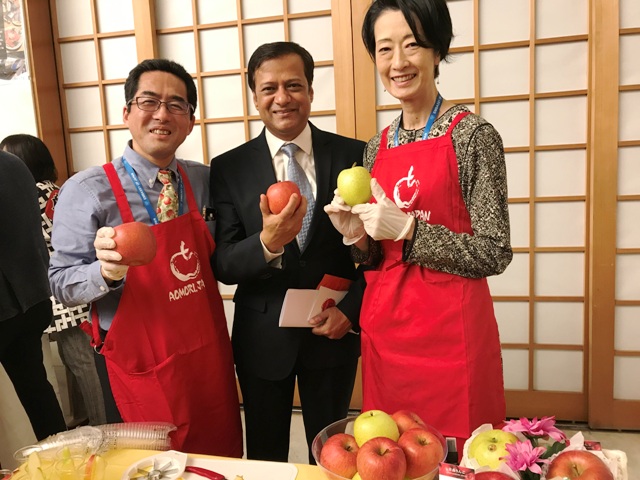
Sake Breweries in Aomori
There are nineteen Sake breweries in Aomori, many of which are family owned, having strong ties to their local communities.
The two major Sake rices native to Aomori are Hana-fubuki , used to make Junmai Sakes (Sakes produced from only rice, koji, and water) and Hana-omoi, used for premium Ginjo and Daiginjo Sakes. The other native Sake rice varieties of Aomori are – Hana-sayaka, Houhai and Gineboshi.
Aomori brewers also use locally developed yeasts such as Mahoroba-Gin, Mahoroba-Jun and Mahoroba-Kaguwa – all of them strains of Mahoroba-hana. These yeasts add exuberant aroma profiles to the respective Sakes and are commonly used when brewing with Hanaomoi rice.
Some prominent breweries that we visited in Aomori are Rokka Shuzo, Matsumidori and Hachinohe Shuzo Co. Ltd.
Read about these breweries in my Print article
Get an overall account of my Sake journey in Japan
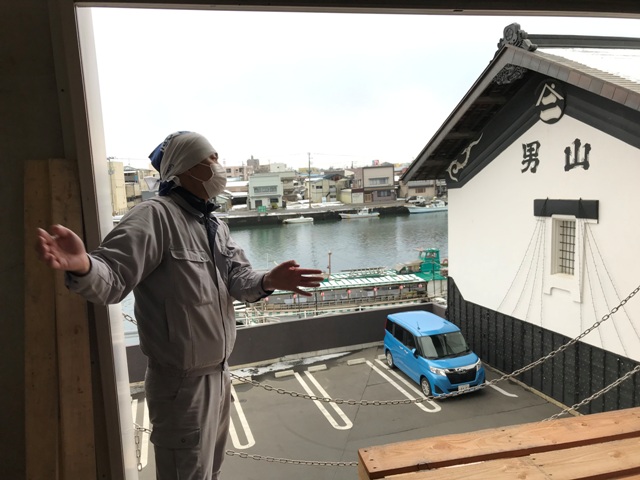
Aomori attractions
Hirosaki
The city of Hirosaki is in the south west of Aomori prefecture. During the Edo Period (1603– 1868), it was the region’s principal city where The powerful Tsugaru clan had its seat. The first Daimyo (feudal lord) of the clan Tsugaru Tamenobu, built a castle at its centre which is one of the city’s main landmarks even today.
The Hirosaki Park that surrounds the castle is renowned as one of the best places in Japan to view the famed Cherry Blossoms.

Another attraction of Hirosaki is the Neputa Mura museum that is dedicated to Aomori’s impressive Neputa (or Nebuta) festival held each year in August. The Hirosaki version features numerous fan-shaped floats of various sizes, decorated with colourful scowling warriors and other eye catching caricatures. As the floats parade through the city, they are accompanied by flautists, taiko drummers, and an exuberant procession.
Hachinohe
Hachinohe is a city on the Pacific coast at the very south-eastern corner of Aomori prefecture. Together with the northern part of Iwate prefecture, it was governed by the Nanbu clan during the Edo period. The city was also among those devastated by the 2011 Tohoku Earthquake and Tsunami.
Hasshoku Centre
Hasshoku Center is one of the largest indoor markets in Japan, offering a vast variety of foods from the Hachinohe area.

A particular attraction for visitors in this market is the fresh catch of the day from the nearby sea that one can buy and cook right there at the available barbecue pits. A conveniently located Sake bar in the market, enables a complete food and drink experience.
Besides these experiences, the place offers a great opportunity for tourists to observe how locals enjoy their drinks with the versatile lunch options.

Daisuke Shinto Shrine
Since ancient times, Sake has been a sacred offering dedicated to the Gods- a practice that is prevalent even today on occasions like weddings, celebrations, festivals. Shinto rituals happen to be tightly integrated with Sake brewing. A testimony to this fact is every Sake brewery having its own Shinto altar where they invariably start their day by praying.
Significantly, at the beginning of the brewing season, Sake brewers invite their local Shinto priest to pray for a safe and good brewing year. Prayers are also offered towards the end of the season to express gratitude for the blessings received.

The Daisuke Shrine helmed by the Komai family that owns Hachinohe Shuzo, performs such ceremonies for their brewery since centuries. The 1226 built shrine is actively managed by an appointed priest and is a renowned symbol of the port town with people thronging it throughout the year for various ceremonies that include weddings.

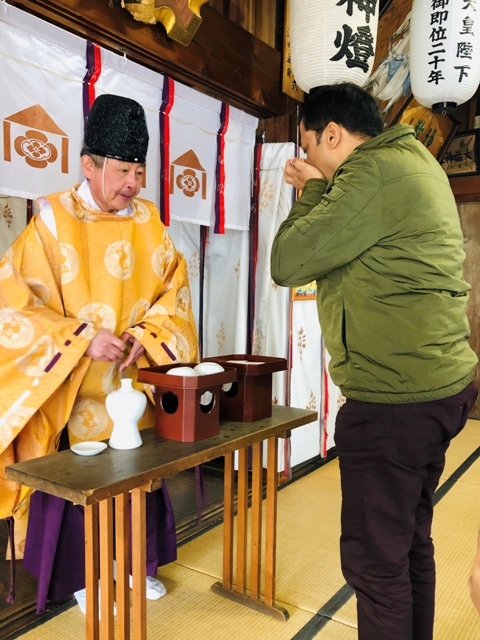
With inputs from Japan Sake and Shochu Makers Association



